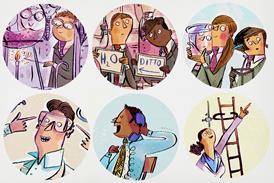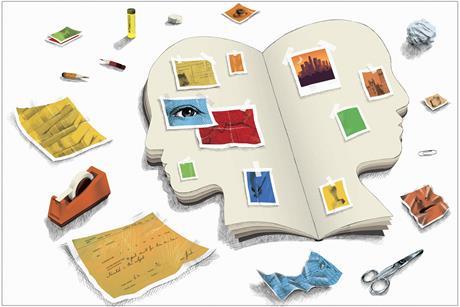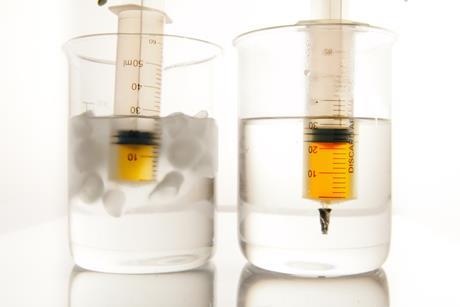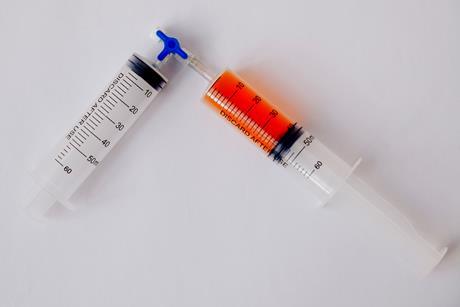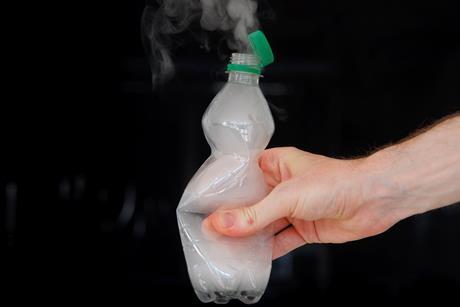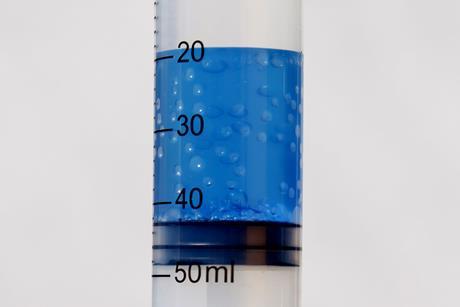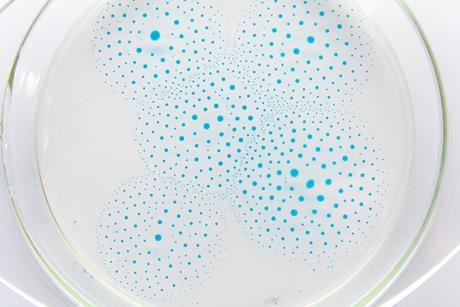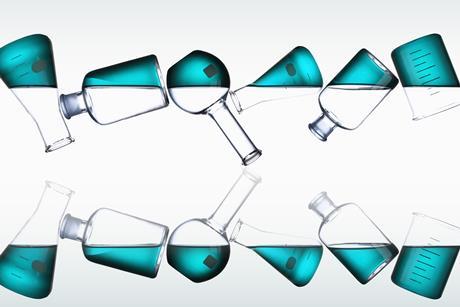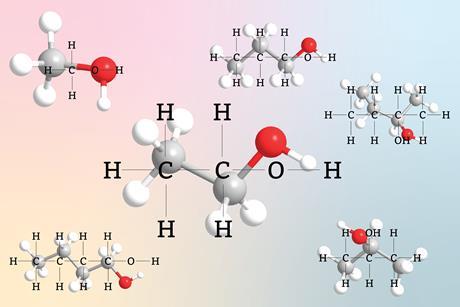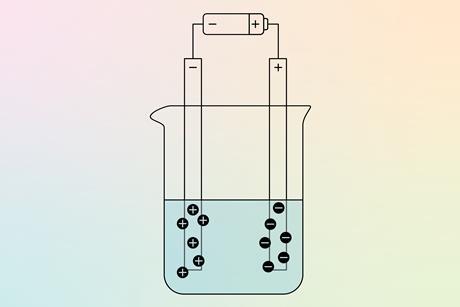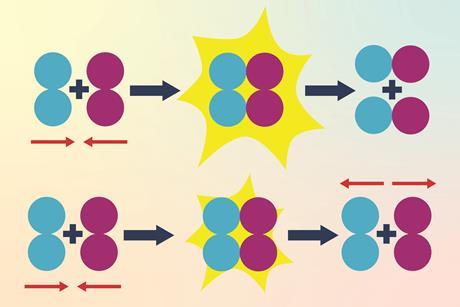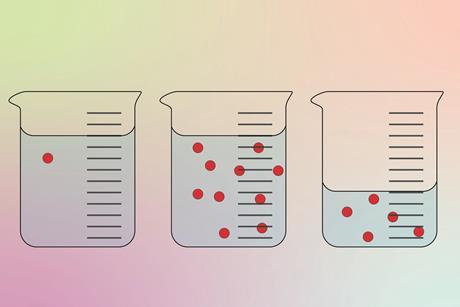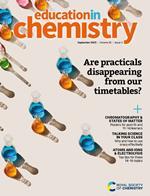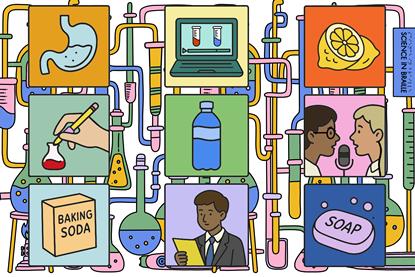Do I have a chemistry identity?
Nurture identity and confidence in class and help students see chemistry as theirs
Combine stories and demos for wow lessons
Weave storytelling into classroom practicals to deepen engagement and understanding
How to build a culture of hard work in your classroom
Why hard work matters more than data – and how to make it happen
Capture learners’ attention with video feedback
Record a video mark scheme for exams and watch your learners’ engagement with feedback soar
Claim your free subscription
Get your free copy
Teach Chemistry members can sign up to receive their own free print copy of every issue of Education in Chemistry.
Register now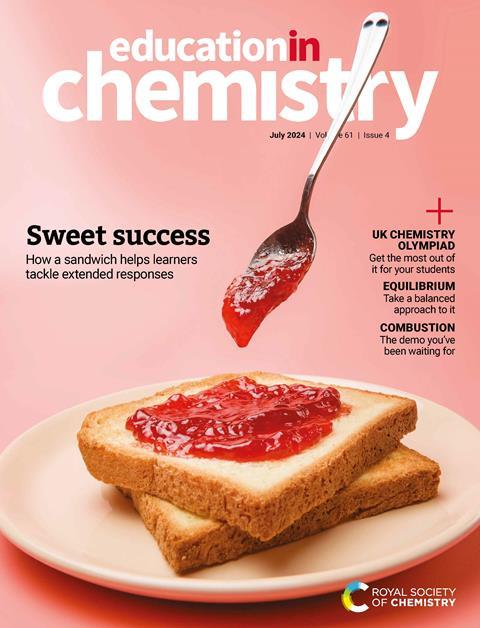
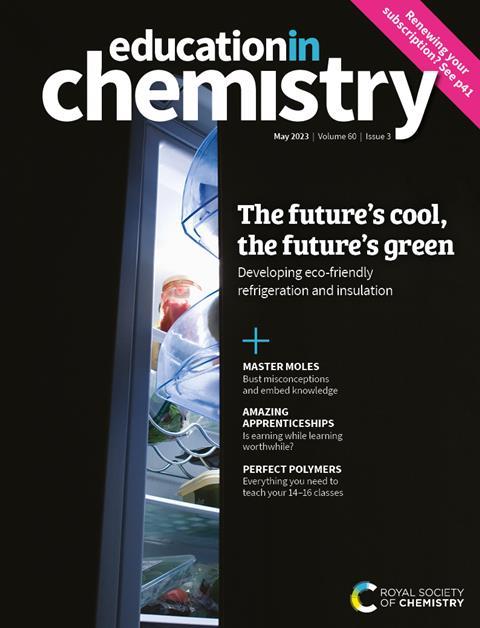
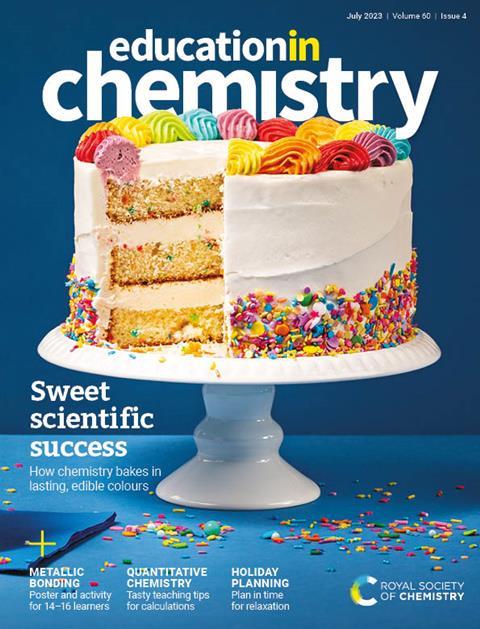
Explore the nitrogen oxides: unexpected equilibrium
Explore the nitrogen oxides: Avogadro’s law revisited
Forming a cloud in a bottle
Boiling without heating
Evaporation, entropy and the Marangoni effect
- Previous
- Next
Integrating scaffolding and metacognition into titrations
Can a flipped-practical approach encourage thinking and self-reflection?
Creative exercises to connect concepts in organic chemistry
Learn how to use purposeful prompts to encourage students to make meaningful connections between newly learned and previously covered ideas
How making mistakes in practicals impacts student engagement
Understand how learners respond to and recover from different types of errors in the chemistry lab to improve student outcomes
Do I have a chemistry identity?
Nurture identity and confidence in class and help students see chemistry as theirs
We need to talk about in-person events
Online or face-to-face networking meetings: what do teachers prefer?
Why using spreadsheets effectively will reduce your workload
Save time on teacher tasks and boost your productivity by upskilling in Excel

